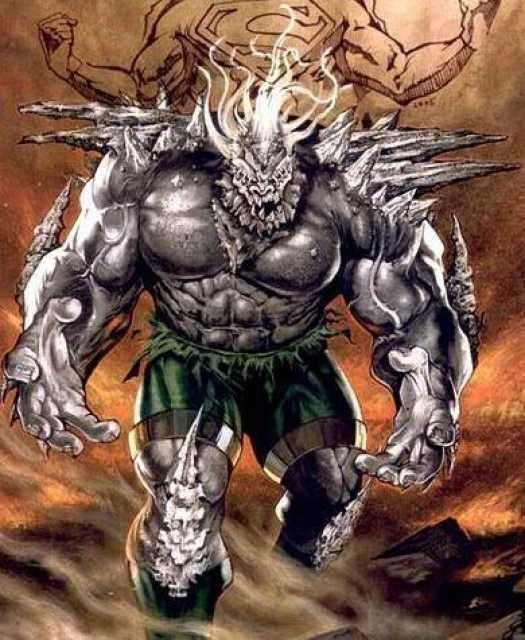If you lived through the late 70’s and 80’s, or were born during that time, you’ve seen this logo. The Cannon Film Group is the brainchild of two Israeli immigrants named Yoram Globus and Menahem Golan. They came to this country with the dream of making movies. For a time, they did. Were they any good at it? Not particularly, but that didn’t stop them from writing and producing film after film after film. They acted on pretty much every idea that came into their heads, with some ideas being pretty good, and others not so much. The real problem was that they really didn’t understand that it costs money to make a quality film. Even during the 80s, it generally cost around 30-50 million dollars to make a good movie. That’s no small chunk of change during that time. Golan’s mentality at the time was that he could make 30 films for 30 million dollars.
I watched a documentary last night called: Electric Boogaloo: The Wild, Untold Story of Cannon Films! This was an extraordinary documentary and very entertaining. It details the rise and fall of the Cannon Film Group, and has interviews with a number of filmmakers and actors such as Dolph Lundgren, Michael Dudikoff and Catherine Mary Stuart. They tried to invite the two producers, but they had their own documentary. Basically, no punches were pulled. A lot of these people really came down on how bad their movies were and some of their careers just didn’t take off. Some actors ended up doing well because of Canon, namely Chuck Norris and Jean-Claude Van Damme. It’s amazing at how influential and unique the Cannon Film Group was. They changed the face of film-making. Yeah, they produced a lot of schlock, but they also didn’t shy away from controversial material. The action genre today, wouldn’t be what it is without the Cannon Film Group, to be honest. A lot of my favorite action movies today, were definitely influenced in some way by Golan and Globus. Movies like Olympus Has Fallen, The Expendables, Ninja and Showdown in Little Tokyo owe a great deal to Cannon.
Some of my favorite action films of all time happen to be Cannon films. Masters of the Universe, The Delta Force, Bloodsport, Enter The Ninja, Revenge of the Ninja, and Cyborg were all produced by Cannon, and while they weren’t good films, they were among the most memorable. Why? They managed to accomplish a great deal with an incredible small budget. Cannon was the king of small-budget schlock. It really was. Yeah, they’re not good movies, but I can’t hate them, because I had so much fun. If Golan and Globus had spent extra money on their films, I think they would have had a few major hits. As it is, the hits that they do have are sleeper hits, which came out of nowhere like Breakin’. That film was a reaction to a new style of dancing that was becoming popular during 1984: Breakdancing. The sequel, however, turned the name Electric Boogaloo into a joke. Any time a bad movie sequel gets released, somebody somewhere attaches the name Electric Boogaloo to it. This is why.
Because Golan and Globus were producing movies so quickly and the movies failing financially, their debts quickly added up. Yet, that didn’t stop them from producing movies until they got to a point where they couldn’t finish their movies, because they didn’t have the money to do it. The banks and the SEC(Securities and Exchange Commission)went after Cannon for their unpaid debts. Towards the end of the 1980s, the Cannon Film Group collapsed, and ceased to exist. Golan and Globus split up and went their separate ways. While some people’s careers took a major hit, a lot of them managed to come out of it. At the end of the day, Golan and Globus were just two dreamers who wanted to make movies, and that’s exactly what they did. How many people can say that they lived their dreams? The legacy of the Cannon Film Group goes back decades and was as influential as it was controversial. If you really want a good look into Cannon Films and the stuff that they produced, you should check out the documentary: Electric Boogaloo: The Wild, Untold Story of Cannon Films! It holds nothing back, really. There will always be a special place in my heart for the schlock that the Cannon Film Group produced. What can I say? It was awesomely bizarre.








